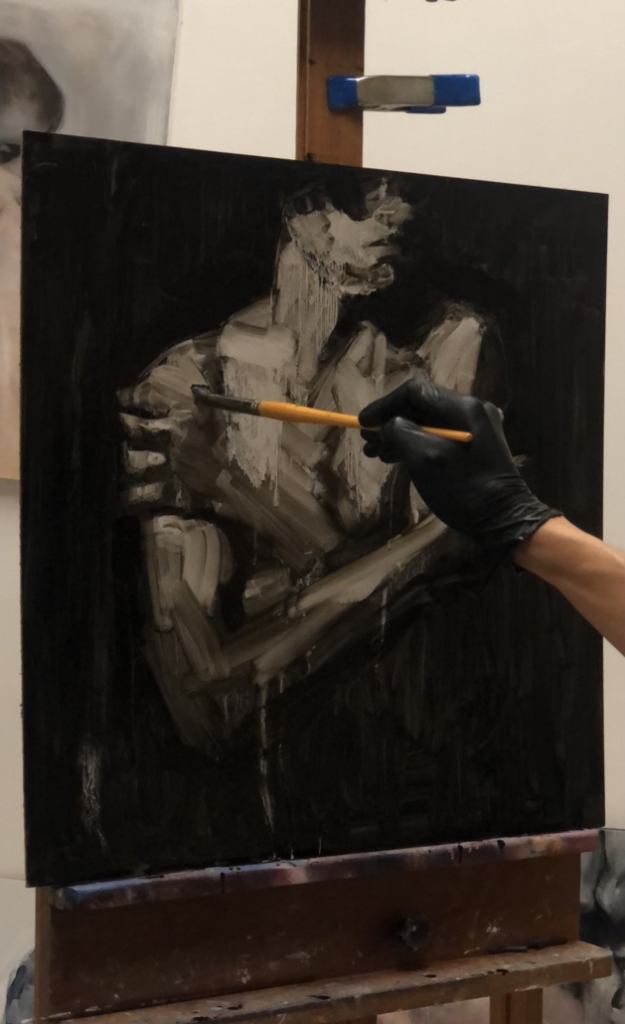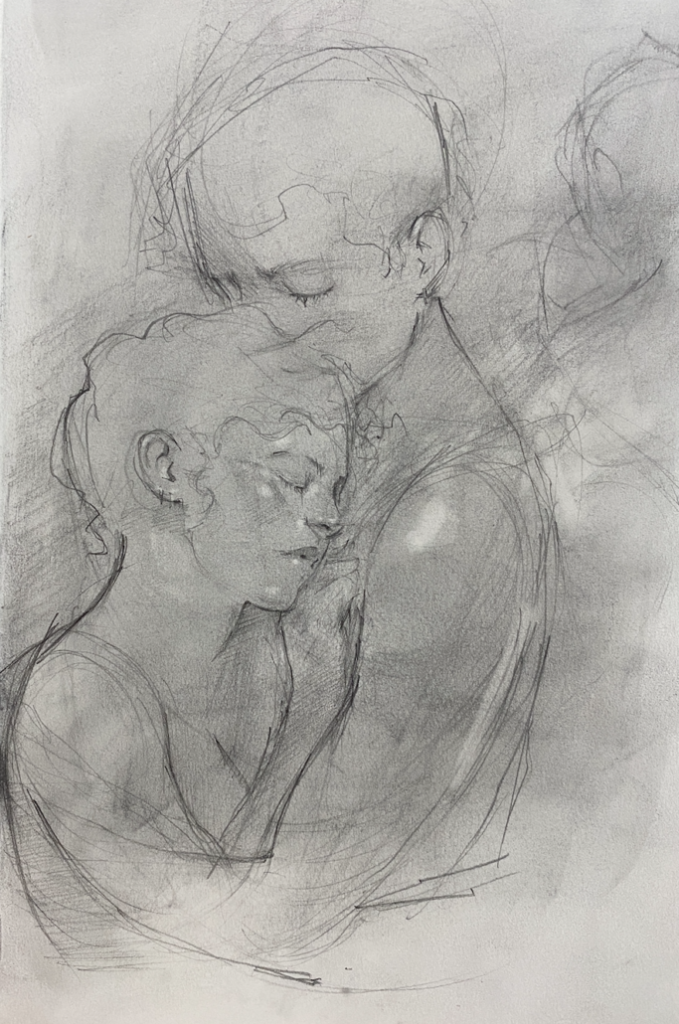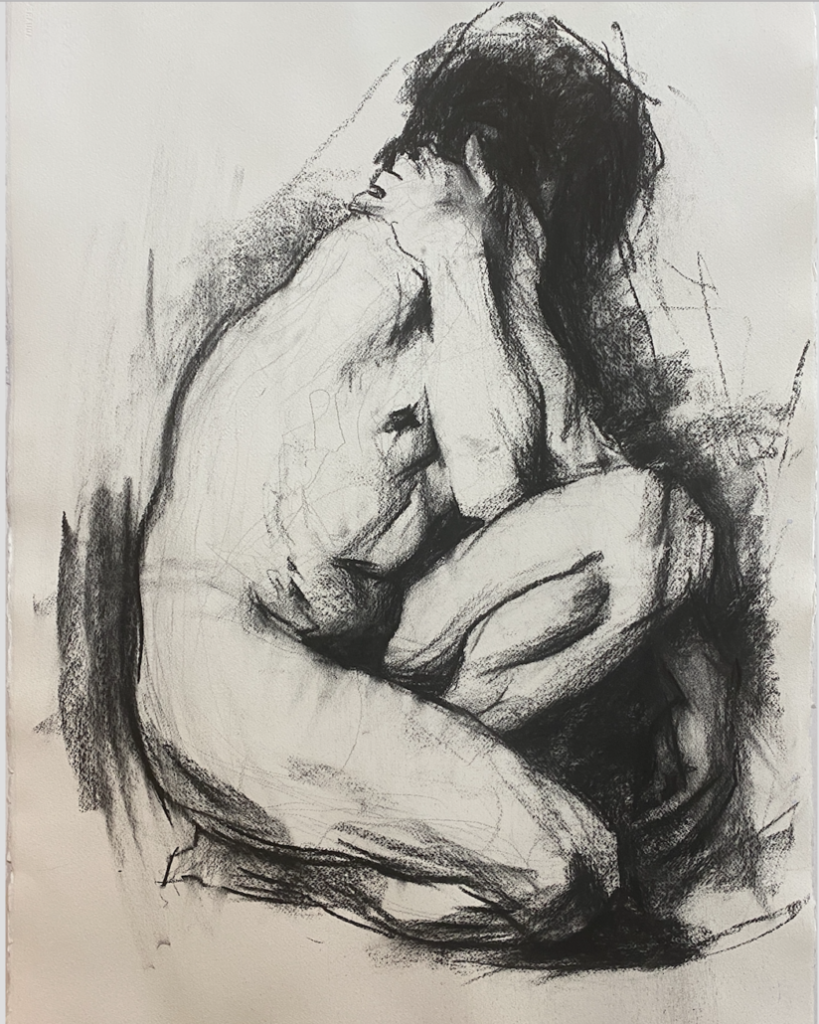During the COVID-19 pandemic, we interviewed a handful of former Gallery 263 exhibiting artists to see if and how their practice was evolving due to the pandemic.
Tell us about yourself and your practice.
I grew up in the Pacific Northwest and fell in love with the human figure ever since I could hold a pencil. I make classically-inspired, expressive artwork that revolves around the human form using drawing, painting, and clay sculpture. My practice involves studying the glowing figure from life (covid-permitting…) as well as working from imagination and photography. There are usually 3 to 4 projects going on in my studio at any given time as I prefer to bounce from piece to piece depending on what I’m feeling that day, and in the event that I hit a brick wall, the way through may be lying in a work adjacent to it.
images of work




How has your creative practice shifted and adapted during the pandemic?
Well, I have never gone on so many walks before in my life : ) When the pandemic dropped, I was living/working in my art studio and suddenly became completely isolated with my self and my art. My jobs teaching at the Museum of Fine Art and hosting the weekly Life Drawing Boston events at Gallery 263 came to an abrupt halt, but I was fortunate enough to be able to continue with private art commissions while in lockdown. I began developing online art lessons, which was new to me and very educational in both directions, and continued learning through reading and watching YouTube artists.
As the pandemic surged on, I slowly began to accept that 2020 was going to be a time of regeneration. Quarantine had become forced contemplation, looking inwards as a mirror, and it led me to stop and examine the what’s and why’s of my
How has the content of or approach to your work shifted because of current events?
The world has felt very heavy this past year, but I wouldn’t say that the content of my work has shifted more than it usually does – my subjects have always been emotional by nature and they change as I do. My work would at times get increasingly violent the more I read about violence, and I’d paint with the nausea, but I don’t share much of this on social media. Eventually I made it a personal rule that I wasn’t allowed to read the news until after 2pm, as it had a tendency to shut down my creative mind into frustrated paralysis, and I definitely had reoccurring
Through it all, I ultimately believe that expressing emotional truth and feeling through art is absolutely essential, and the ability to find beauty must not disappear for any state of mind. More recently I’ve been practicing mindfulness meditation as a way to clear up all the noise and tangled thoughts in my head for some stillness before I take a deep breath and proceed. “Just keep swimming” has saved my process more times than I can remember.
Do you have plans to transform your work or approach in 2021?
I’m the type of artist who’s along for the ride, so I rarely plan for the transformations that I meet along the way. The approach is as always, “onwards and upwards,” embracing the perspective that life is fleeting and a state of wonderment and growth has the possibility of being a permanent state of being. There’s potential for the actual practice of art-making to be a listening device for the subconscious. Floating, enjoying the marks, and following what captures your attention. After months of being overly self-critical in solitude, the isolation made me more grateful for the little things and to realize that there is indeed movement through stillness, as well as legitimacy in taking private moments to step back into silence and recharge from time to time.